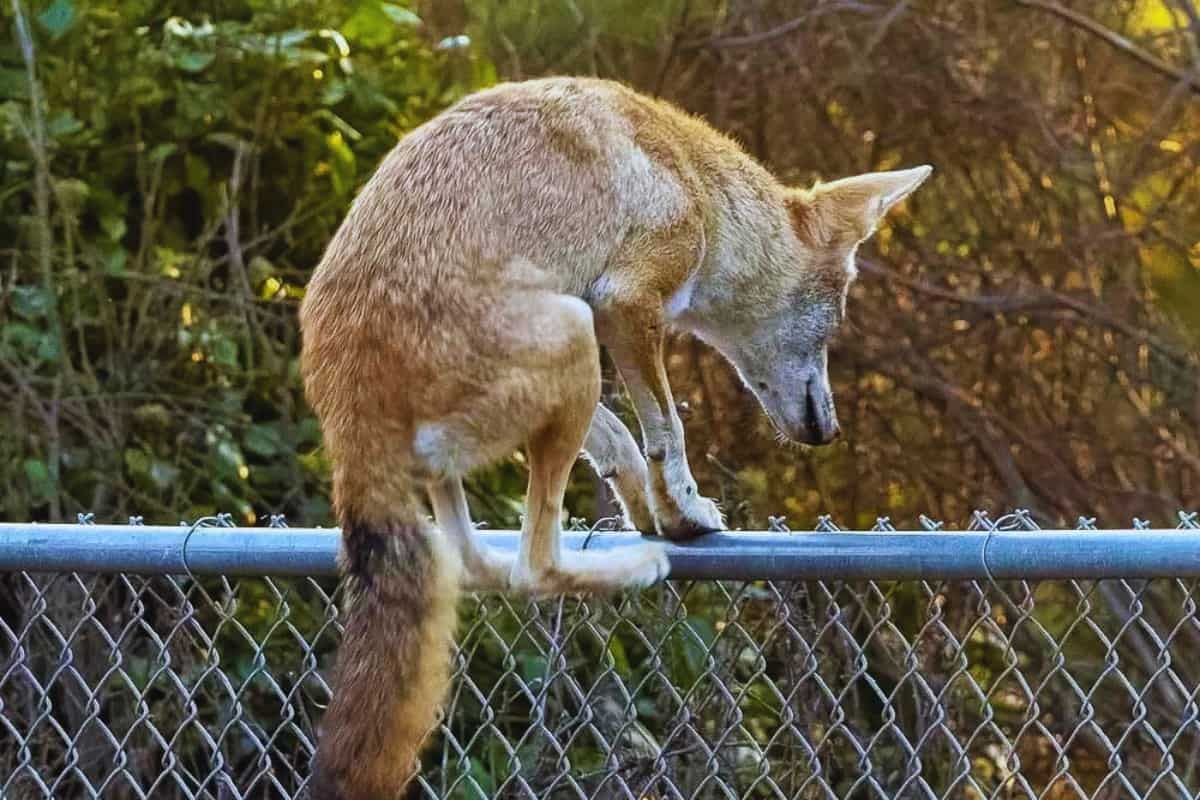

Articles
How High A Fence Can A Coyote Jump
Modified: August 22, 2024
Discover how high a fence a coyote can jump in this informative article. Learn about the average jumping abilities of coyotes and how to protect your property.
(Many of the links in this article redirect to a specific reviewed product. Your purchase of these products through affiliate links helps to generate commission for Storables.com, at no extra cost. Learn more)
Introduction
When it comes to protecting our property and keeping our pets safe, a solid and effective fence is a crucial investment. And if you live in an area where coyotes are prevalent, it is important to understand their behavior and capabilities to ensure that your fence can effectively contain them. Coyotes are highly adaptable and capable predators, known for their ability to jump and scale various obstacles.
In this article, we will explore the jumping abilities of coyotes and discuss the maximum height they can clear. Additionally, we will look at the types of fences that can effectively keep coyotes out and the important considerations to keep in mind when installing a coyote-proof fence.
Understanding the behavior and capabilities of coyotes is essential in designing and building a fence that can effectively keep them at bay. Let’s dive deeper into the world of coyotes to gain valuable insights that will help us make informed decisions about our fencing needs.
Key Takeaways:
- Coyotes are capable of jumping over standard six-foot fences, and occasionally even higher obstacles, making it crucial to aim for a fence height that exceeds their average jumping ability.
- When installing a coyote-proof fence, consider factors such as fence height, material, gate security, and regular maintenance to ensure its ongoing effectiveness in deterring coyotes.
Read more: How High Can Deer Jump Over A Fence
Coyote Behavior and Capabilities
Coyotes are highly adaptable and intelligent animals. They are known for their ability to thrive in various habitats, including urban areas. Coyotes are primarily nocturnal creatures, but they can also be active during the day, especially in areas with less human activity.
When it comes to their jumping abilities, coyotes are quite impressive. They have powerful hind legs that allow them to leap and scale obstacles with relative ease. Coyotes are known to jump over fences, walls, and other barriers in search of food, mates, or territory.
Another fascinating aspect of coyote behavior is their hunting skills. They are opportunistic predators and have been observed hunting in packs or individually. Coyotes are excellent jumpers, which enables them to catch prey such as small mammals, birds, and even deer fawns.
Furthermore, coyotes are known for their exceptional agility. They can navigate through narrow openings and squeeze their bodies through tight spaces. This makes them a formidable adversary for traditional fencing systems.
It is important to note that coyotes are highly adaptable and can learn how to overcome deterrents. Therefore, understanding their behavior and capabilities is crucial in designing a fence that can effectively deter them from entering your property.
Factors Affecting Coyote Jumping Ability
Several factors can affect a coyote’s jumping ability. Understanding these factors will help you determine the appropriate height for your coyote-proof fence:
- Size and Age: The size and age of a coyote can influence its jumping capabilities. Adult coyotes are generally larger and more powerful, allowing them to jump higher than younger ones.
- Terrain: The terrain in which coyotes reside can impact their jumping ability. Coyotes living in more open, flat areas may have a better advantage when it comes to jumping over obstacles.
- Motivation: The motivation behind a coyote’s jump can determine how high it can clear. If a coyote is highly motivated, such as when pursuing prey or escaping a threat, it may make more extraordinary leaps.
- Obstacle Height: The height of the obstacle or fence is a significant factor in determining whether a coyote can jump over it. Coyotes have been known to clear fences that are over six feet high, but they are more likely to clear lower obstacles if motivated enough.
- Approach Angle: The angle at which the coyote approaches the obstacle can impact its jumping ability. A running start and a favorable angle can enable a coyote to achieve higher jumps.
Considering these factors when designing your fence will help ensure that it is appropriately sized and positioned to prevent coyotes from jumping over.
Maximum Height Coyotes Can Jump
Coyotes are highly agile animals with remarkable jumping abilities. While their jumping capabilities can vary depending on several factors, including size, age, and motivation, they have been known to clear heights that may surprise many property owners.
On average, a healthy adult coyote can easily jump over a standard six-foot fence. However, it’s important to note that coyotes can occasionally clear even higher obstacles if sufficiently motivated.
Researchers and wildlife experts have documented cases where coyotes have successfully cleared fences as tall as eight feet. In certain situations, such as when chasing prey or seeking food, these intelligent creatures have demonstrated incredible athleticism by leaping to great heights.
While coyotes’ ability to jump is impressive, it’s important to remember that they are opportunistic animals. They will assess the risk-reward ratio before attempting a jump. If there are alternative pathways or easier access points, such as an open gate or a gap in the fence, they may opt for those instead.
Therefore, it’s crucial to design your fence not only with height but also with other coyote-deterrent features in mind. Combining a proper fence height with solid construction, secure gates, and additional deterrent measures can significantly reduce the likelihood of coyotes successfully jumping over your barrier.
Remember that individual coyotes vary in their capabilities, so it’s best to aim for a fence height that exceeds their average jumping ability. By doing so, you can create a more effective barrier to keep these resourceful animals out of your property.
Coyotes are capable of jumping over a 6-foot fence, so if you want to keep them out of your yard, consider installing a fence that is at least 7 feet high.
Types of Fences That Can Contain Coyotes
When it comes to protecting your property from coyotes, certain types of fences are more effective at deterring them from entering. Here are a few options to consider:
- Chain Link Fences: Chain link fences are a popular choice for containing coyotes. Opt for a fence that is at least six feet high, as this height makes it challenging for coyotes to jump over. Additionally, make sure the chain link is securely anchored to the ground to prevent them from digging underneath.
- Wooden Fences: Solid wooden fences can also be effective at containing coyotes. Choose a fence that is at least six feet in height and have any gaps or openings minimized to prevent them from squeezing through. Adding a sturdy gate with secure latches will further enhance your fence’s ability to keep coyotes out.
- Metal Fences: Metal fences, such as steel or aluminum, can provide effective protection against coyotes. Ensure that the fence is at least six feet high and that the metal bars or panels are close enough together to prevent them from squeezing through. Remember to anchor the fence to the ground securely.
- Coyote Rollers: Coyote rollers are a specialized add-on for existing fences that can enhance their effectiveness. These rollers are placed on the top of the fence and prevent coyotes from gaining a foothold or leverage to jump over. They work by making it difficult for the animals to maintain balance while attempting to scale the fence.
- No-Climb Fences: No-climb fences are designed to prevent animals, including coyotes, from gaining a foothold and climbing over. These fences feature small mesh openings that make it challenging for coyotes to climb. Opt for a fence that is at least six feet high to minimize the chances of coyotes jumping and reaching the top.
Remember, regardless of the fence type you choose, it’s crucial to ensure that it is installed securely and has no gaps or weak spots that coyotes can exploit. Regularly inspect and maintain your fence to ensure its effectiveness in containing these cunning creatures.
Read more: How High Can Rabbits Jump Over Garden Fence
Considerations When Installing a Coyote-Proof Fence
When installing a coyote-proof fence, there are several important considerations to keep in mind. These factors will help ensure the effectiveness of your fence and provide optimal protection for you and your property:
- Fence Height: Aim for a minimum height of six feet when planning your coyote-proof fence. This height will deter most coyotes from attempting to jump over. However, if you live in an area with particularly determined or large coyotes, consider increasing the fence height to seven or eight feet.
- Fence Material: Choose a sturdy and durable material for your fence, such as chain link, wood, or metal. Avoid using materials with large gaps or holes that coyotes can squeeze through. Ensure that the fence material is securely anchored to the ground to prevent digging or pushing under.
- Gaps and Openings: Inspect your fence for any gaps, holes, or weak spots that coyotes could exploit. Patch up any openings or reinforce weak areas to ensure the fence provides a solid barrier.
- Gates and Locks: Install gates that are equally secure as the fence itself. Use strong and reliable locks to prevent coyotes from easily opening them. Regularly inspect gates and locks for any signs of wear or damage and repair or replace them as needed.
- Additional Deterrents: Consider incorporating additional deterrents, such as coyote rollers or anti-climbing devices, on top of your fence to further discourage coyotes from attempting to jump or climb over.
- Clearance at the Bottom: Ensure that there is no significant clearance at the bottom of your fence. Coyotes are skilled diggers, so burying the fence several inches below the ground can further discourage them from tunneling underneath.
- Regular Maintenance: Regularly inspect your fence for any signs of damage, wear, or weakness. Repair or replace any compromised sections promptly to ensure the ongoing effectiveness of your coyote-proof fence.
Remember, no fence can guarantee 100% protection against coyotes. However, by implementing these considerations and following best practices, you can significantly reduce the chances of coyotes entering your property and provide greater peace of mind.
Conclusion
Protecting your property and keeping your pets safe from coyotes requires careful consideration when designing and installing a fence. Coyotes are highly adaptable and agile animals, capable of jumping over obstacles and navigating through narrow spaces.
To effectively contain coyotes, it is essential to understand their behavior and capabilities. While coyotes can jump over standard six-foot fences, they can occasionally clear even higher obstacles if sufficiently motivated. Therefore, it is crucial to aim for a fence height that exceeds their average jumping ability.
When choosing a coyote-proof fence, several options are available. Chain link, wooden, and metal fences can effectively deter coyotes, provided they are of proper height and construction. Additional measures such as coyote rollers or no-climb fences can enhance the effectiveness of your barrier.
When installing a coyote-proof fence, consider factors such as fence height, material, gate security, and regular maintenance. It is important to inspect your fence regularly and address any gaps, weak spots, or damage promptly to ensure its ongoing effectiveness.
Remember, although a well-designed and properly installed fence can significantly reduce the likelihood of coyotes entering your property, it is not a foolproof solution. Remain vigilant and take additional precautions, such as keeping pet food indoors, securing garbage bins, and removing potential attractants from your yard.
By understanding coyote behavior, implementing effective fencing, and following best practices, you can create a secure environment for your property and pets, reducing the risk of coyote encounters and promoting peace of mind.
Curious about overcoming barriers not just for coyotes but for yourself too? While you've just learned about the heights coyotes can manage, perhaps you're wondering how humans can tackle similar challenges. Our next piece dives into practical techniques and safety tips on fence jumping—perfect for sports enthusiasts or anyone looking to add a bit of agility to their skillset. Whether you're into parkour or just want to understand the mechanics behind leaping over obstacles, this article is tailored for you!
Frequently Asked Questions about How High A Fence Can A Coyote Jump
Was this page helpful?
At Storables.com, we guarantee accurate and reliable information. Our content, validated by Expert Board Contributors, is crafted following stringent Editorial Policies. We're committed to providing you with well-researched, expert-backed insights for all your informational needs.

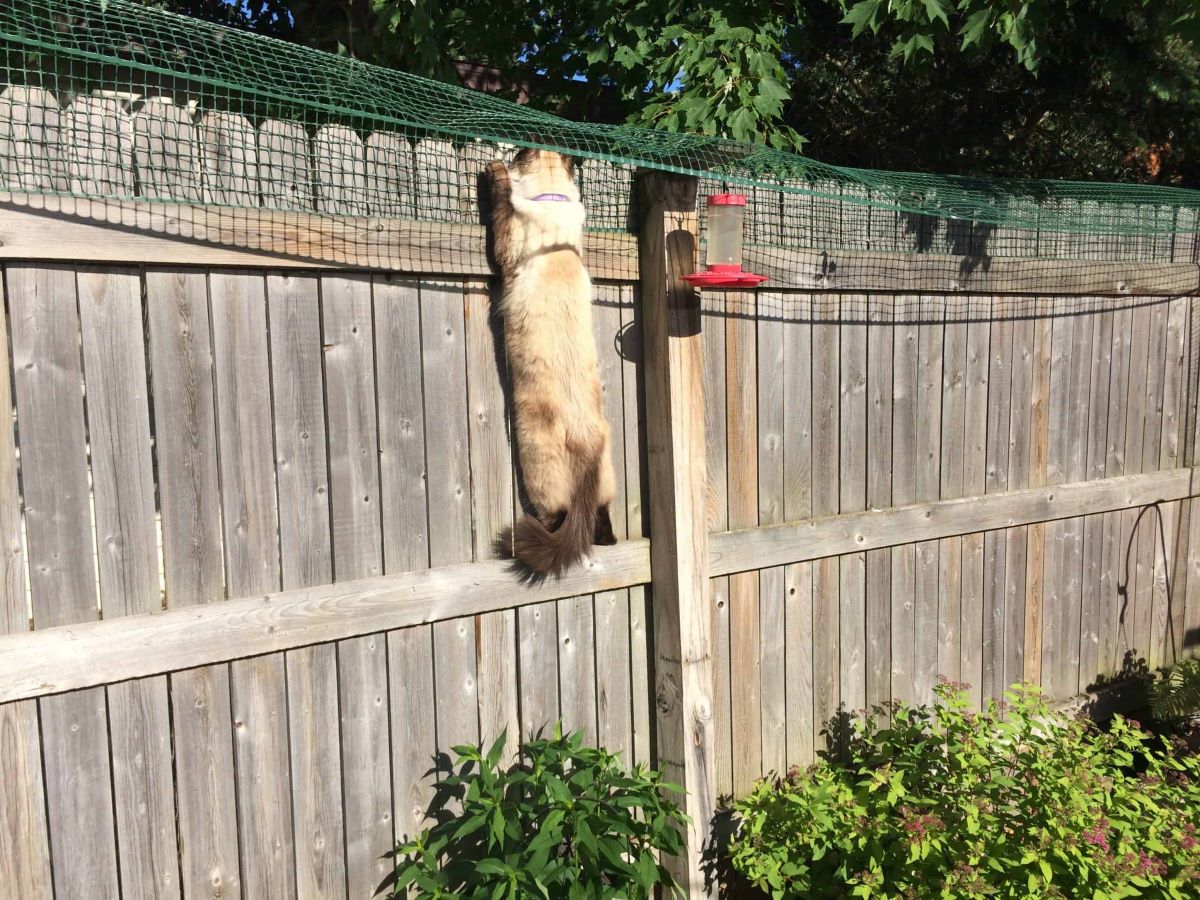
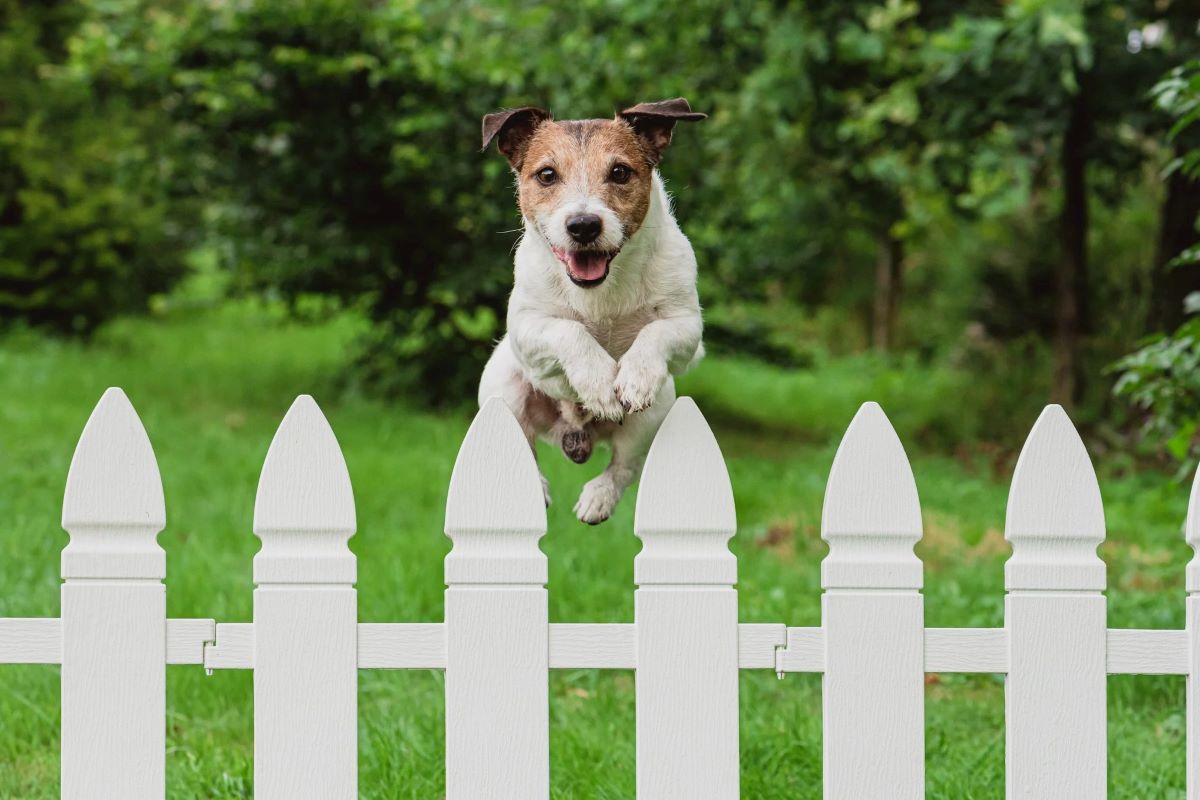
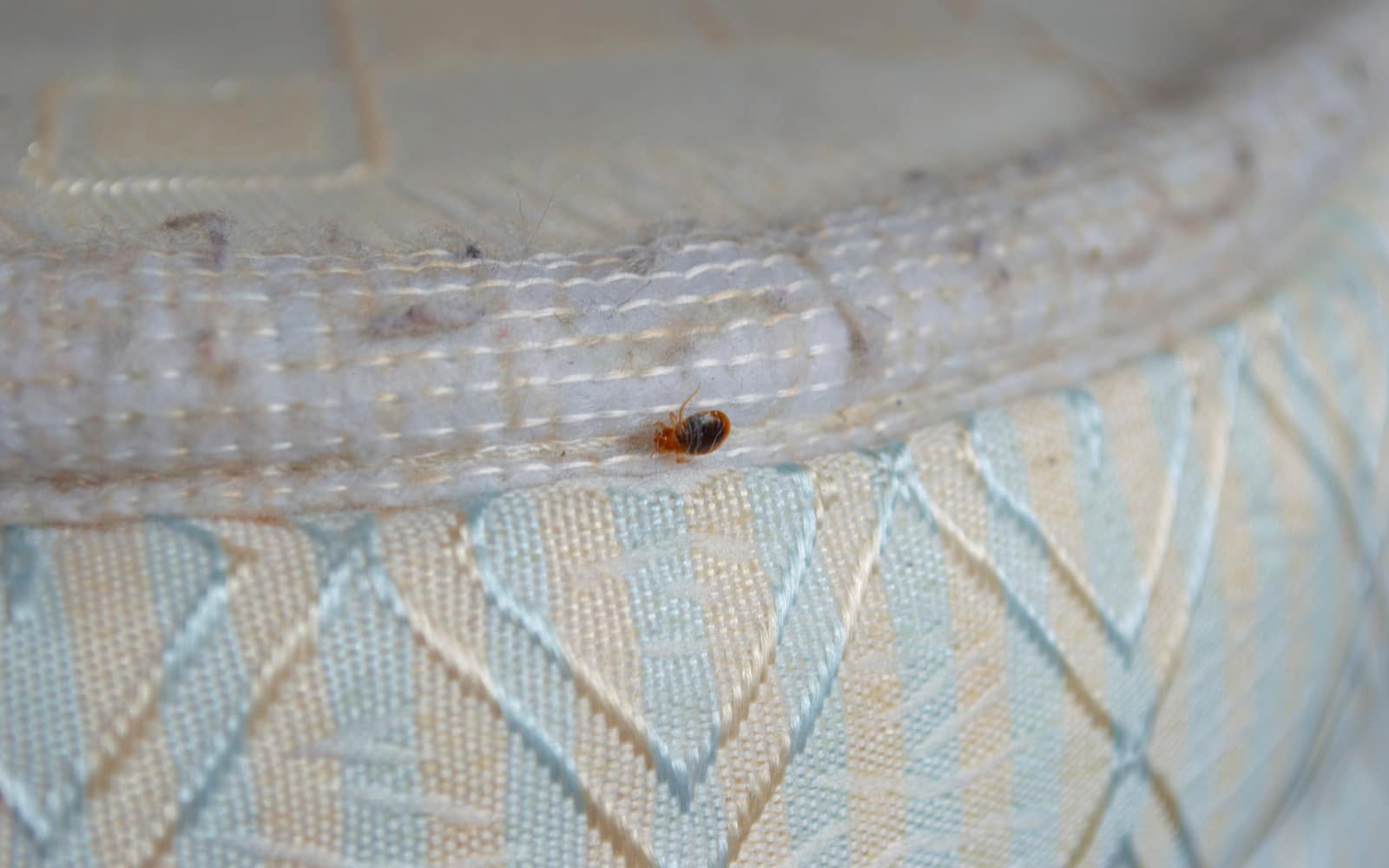

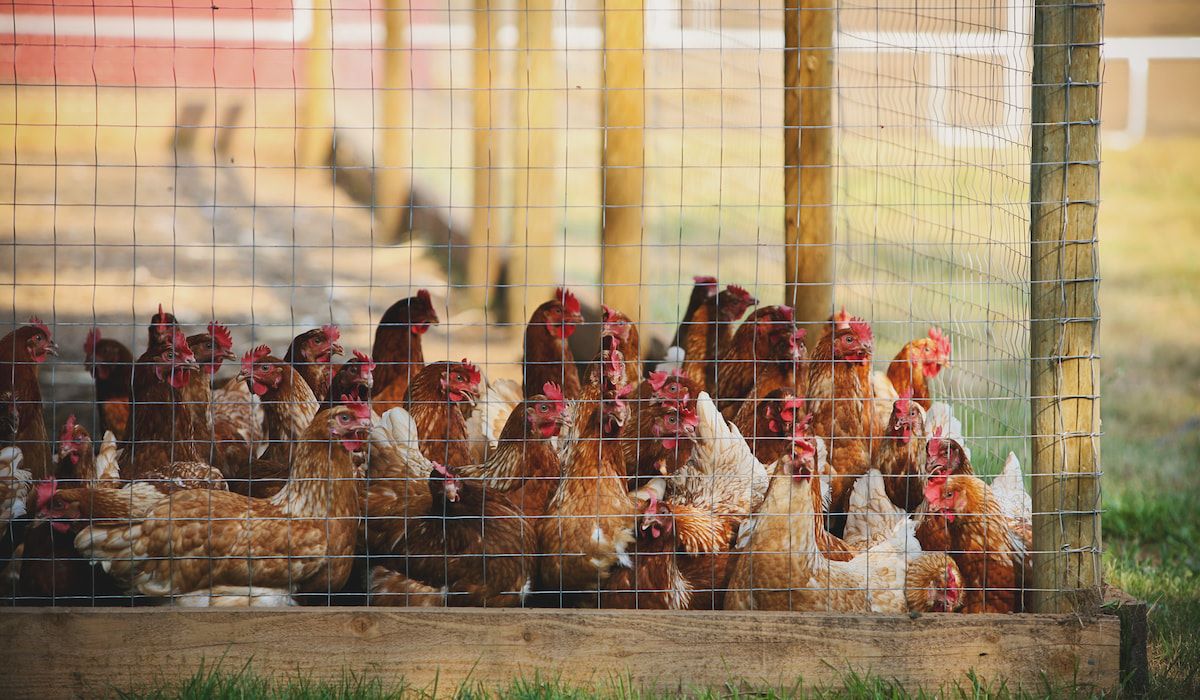
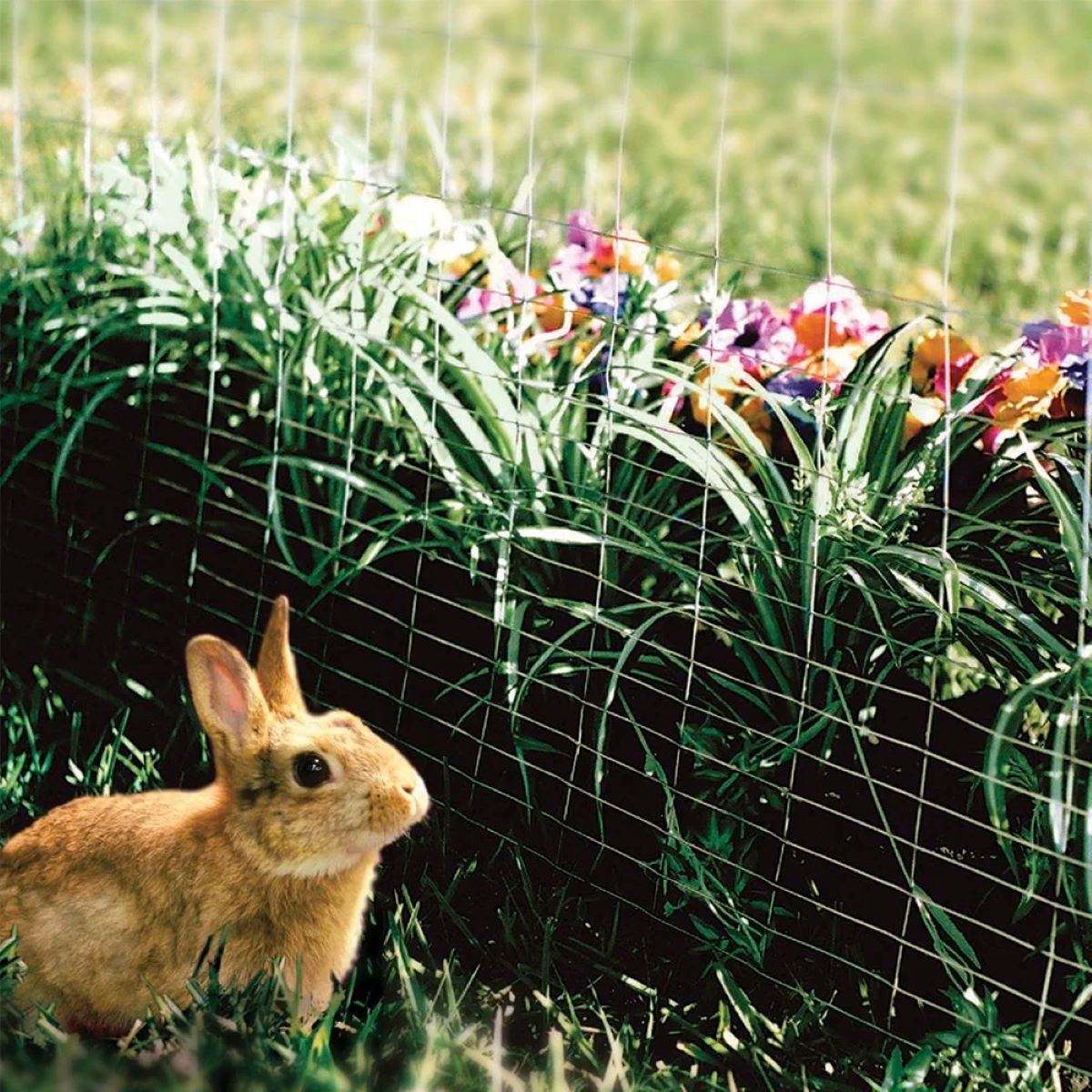
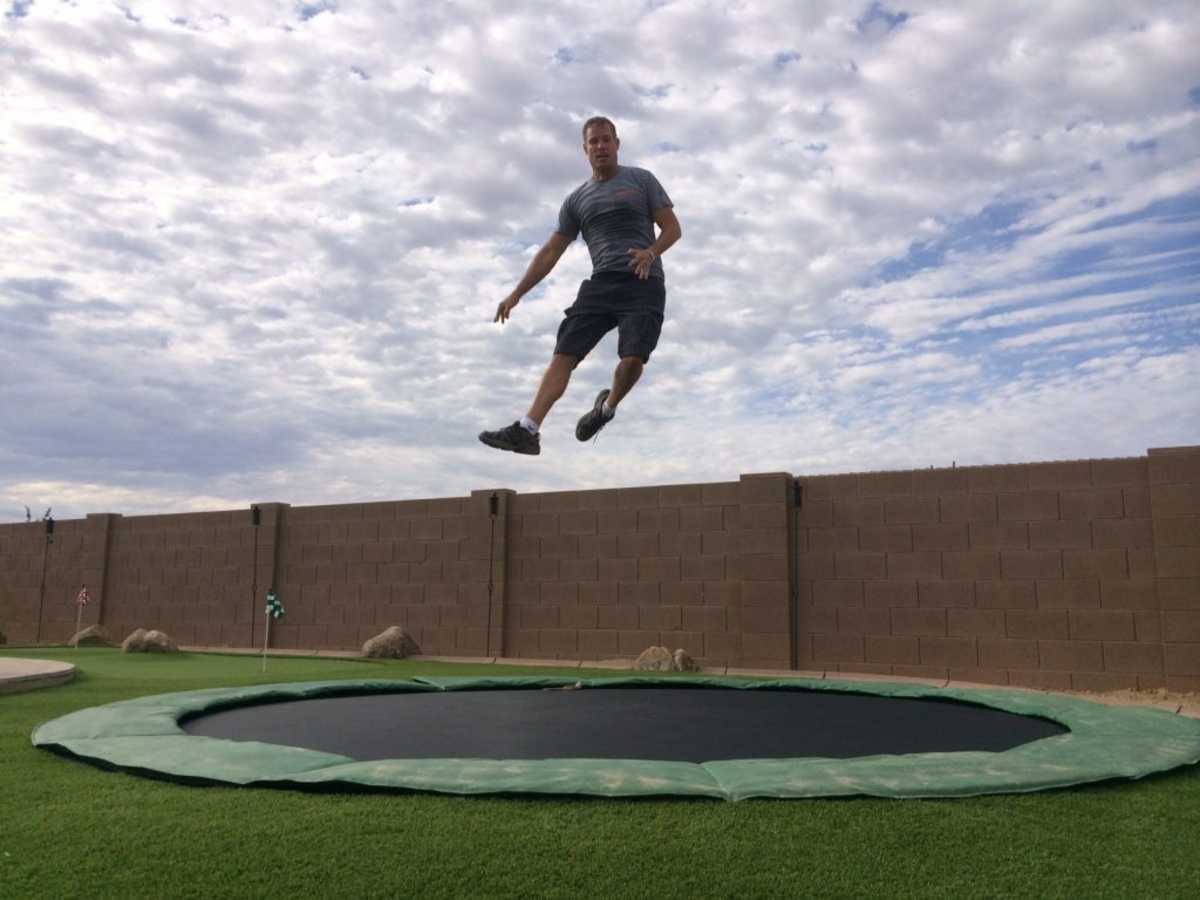
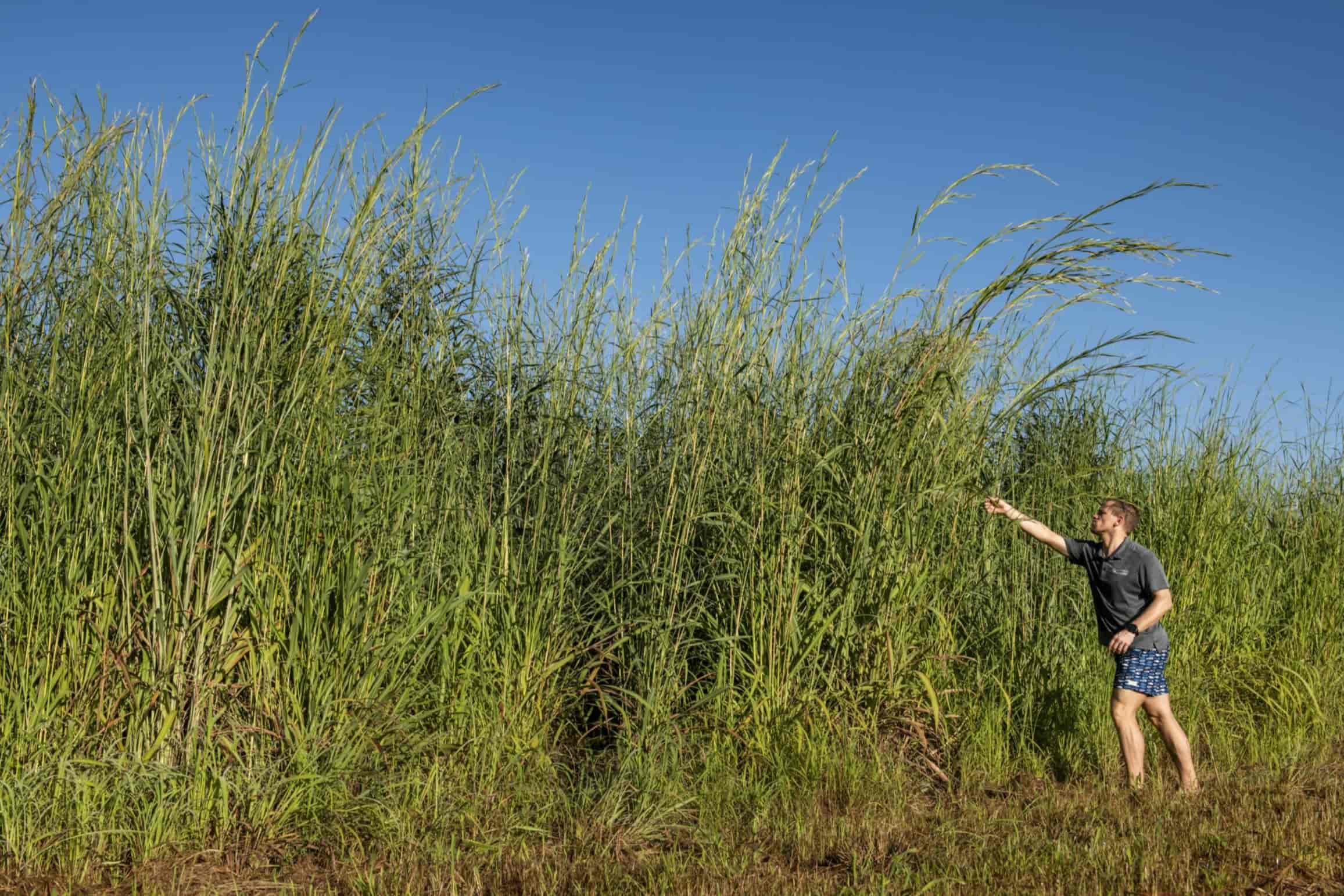
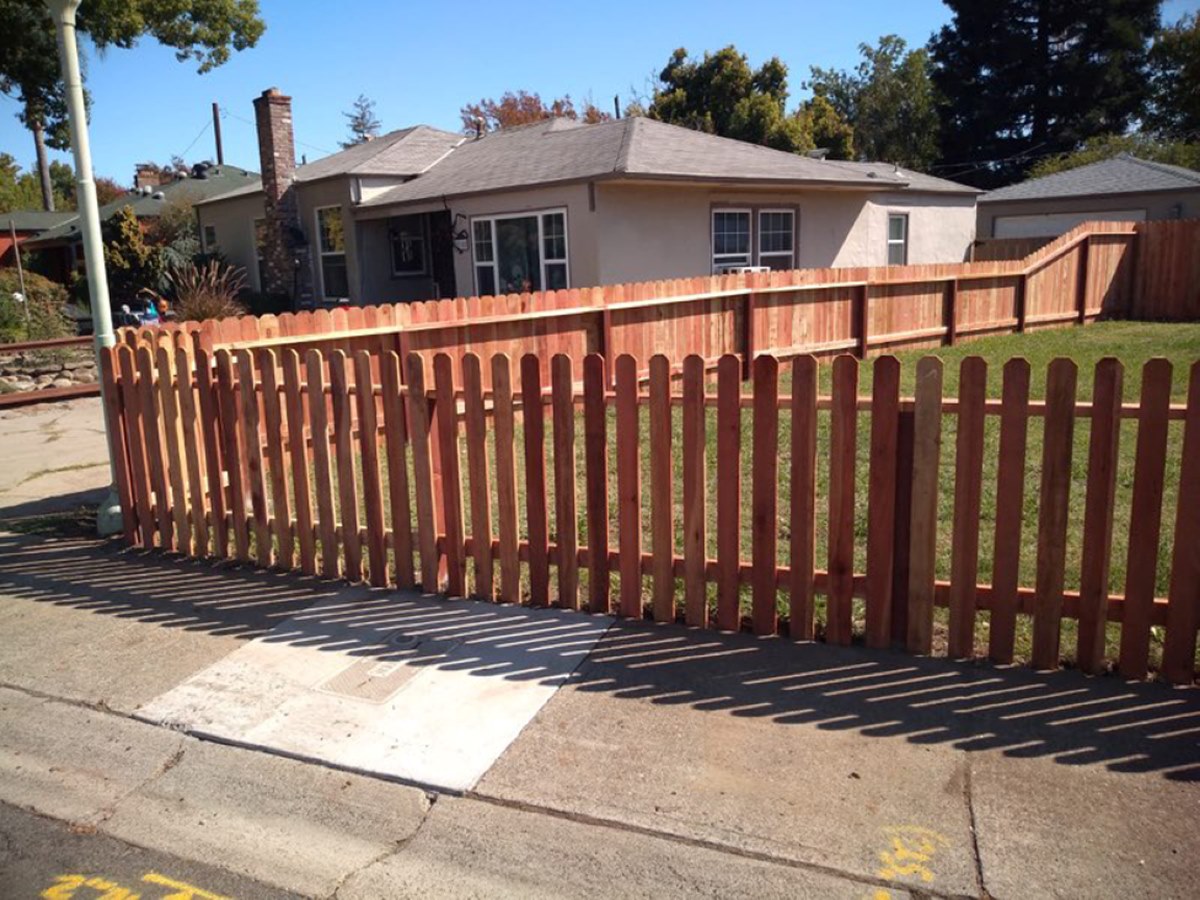
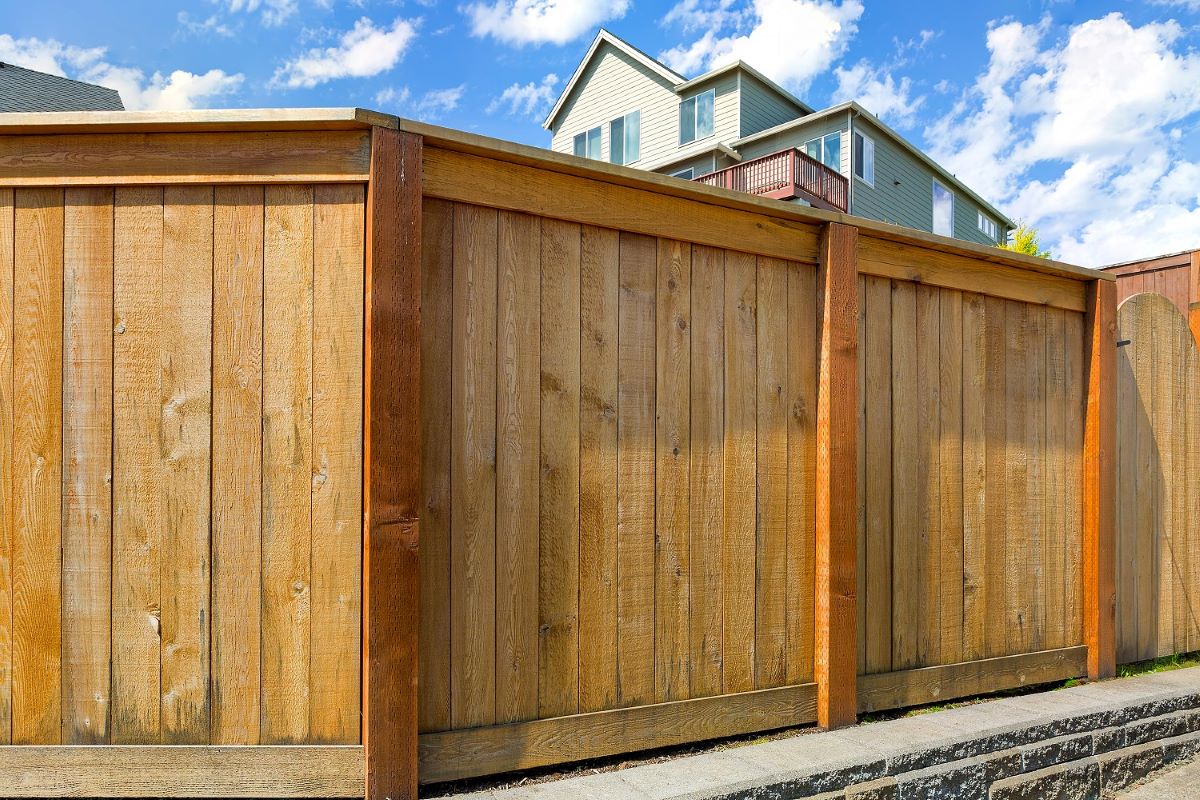


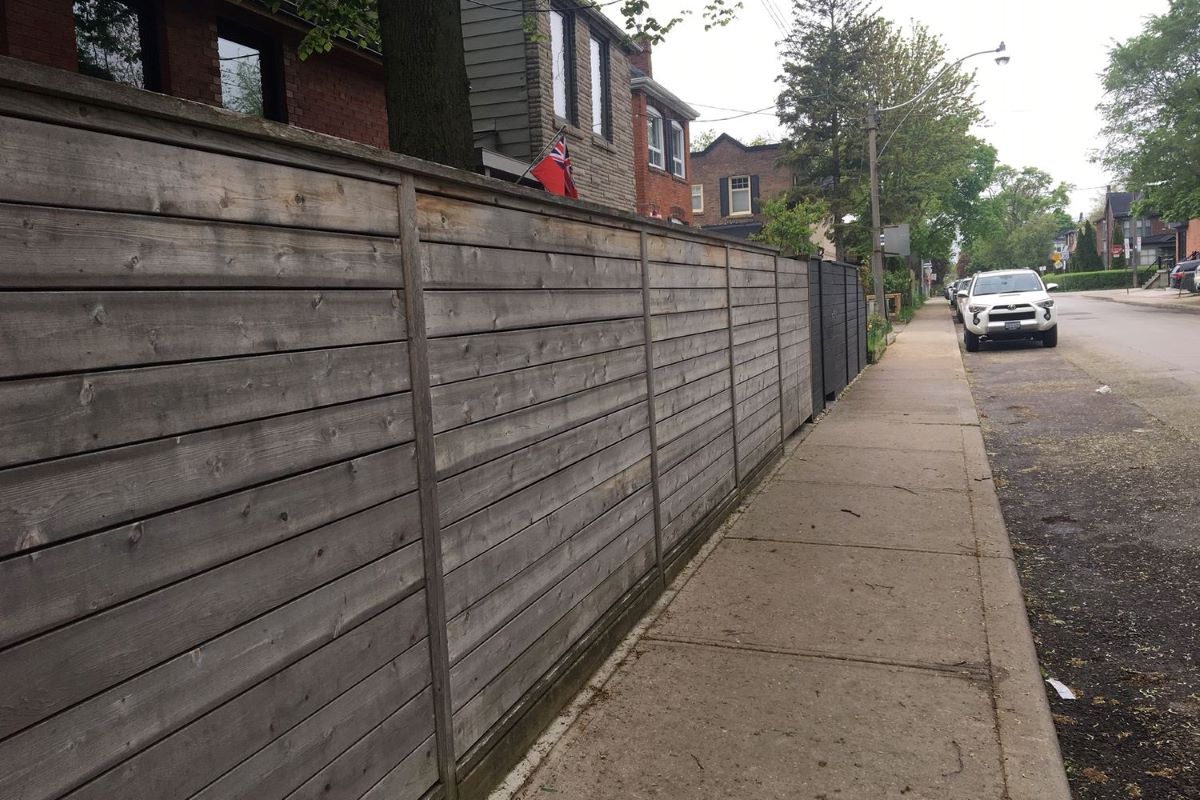

0 thoughts on “How High A Fence Can A Coyote Jump”